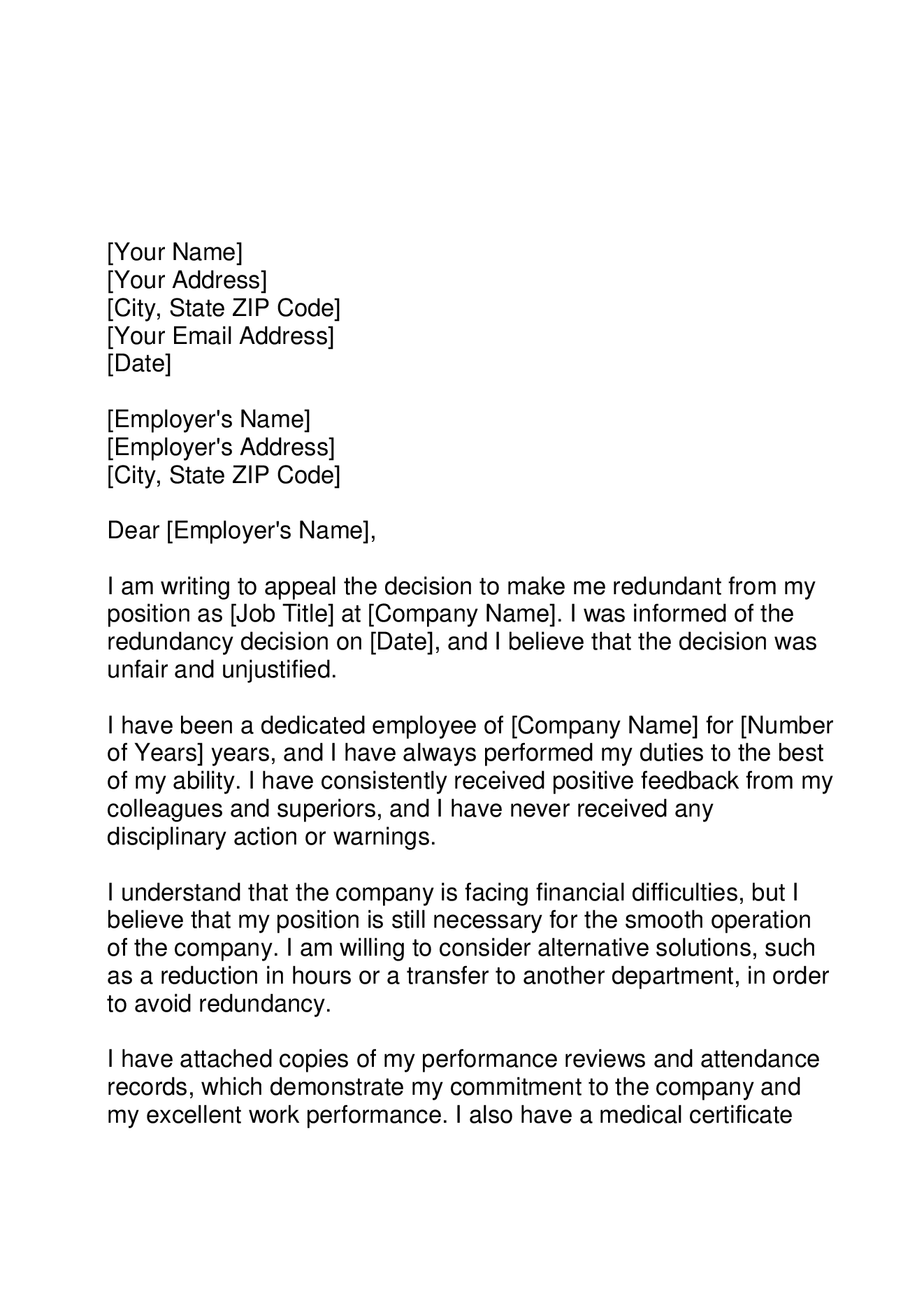What Happens to Redundancy If Company Goes Bust? An Overview to Your Rights
What Happens to Redundancy If Company Goes Bust? An Overview to Your Rights
Blog Article
Examining the Interplay Between Firm Redundancy and Business Versatility for Future Development
In the dynamic landscape of today's company globe, the detailed partnership between business redundancy and business versatility arises as a critical variable for sustained development and success. Firms often deal with the difficulty of striking a delicate balance between maintaining a level of redundancy to mitigate threats and cultivating adaptability to react quickly to the ever-evolving market needs.
Importance of Firm Redundancy
Company redundancy is a crucial aspect that enhances organizational strength and mitigates functional risks. By integrating redundancy actions within the business structure, firms can better hold up against unforeseen disturbances and variations in the business setting. Redundancy acts as a strategic barrier, allowing firms to adjust and react effectively to unforeseen difficulties without jeopardizing crucial procedures.
One key element of the value of firm redundancy is its role in making certain continuity throughout times of situation. When encountered with unexpected changes or emergencies, repetitive systems, resources, or personnel can tip in to maintain essential functions and avoid prevalent disturbances. This continuity not only safeguards the business's credibility and client trust fund but additionally lessens economic losses and functional downtime.

Methods for Business Adaptability

Another crucial technique is buying technology and framework that can support adaptability and scalability. Carrying out digital tools, automation, and information analytics can simplify procedures, improve effectiveness, and supply useful understandings for notified decision-making. Moreover, developing versatile business frameworks that enable fast adjustments to market characteristics and client demands is essential for remaining competitive in a swiftly developing atmosphere. By proactively recognizing prospective disruptions and opportunities, organizations can proactively adapt and thrive in an ever-changing organization landscape.
Balancing Redundancy and Adaptability
Accomplishing an unified balance between functional redundancy and business flexibility is critical in browsing the complexities of a vibrant company environment. Redundancy within a company gives a safeguard, guaranteeing connection and security in procedures. However, an excess of redundancy can result in ineffectiveness and impede versatility to altering market conditions. On the other hand, organizational flexibility permits firms to respond quickly to exterior disruptions and internet take brand-new opportunities. Striking the ideal equilibrium in between redundancy and adaptability is a fragile process that needs a deep understanding of the organization's goals, sector dynamics, and danger resistance.
To accomplish this equilibrium, business need to perform routine assessments of their operations to recognize areas where redundancy is needed for danger mitigation and where versatility can drive innovation and growth. Applying adaptable frameworks, fostering a culture of continual discovering and enhancement, and encouraging open communication across all degrees of the organization are crucial approaches to integrate redundancy and versatility successfully. By straightening these 2 vital aspects, companies can position themselves for lasting development and success in an ever-changing service landscape.
Case Studies on Adjustment Success
In taking a look at instances of successful business adaptation, it becomes obvious that the interplay in between operational redundancy and versatility is a defining element in forming resilient businesses. One compelling study is that of Netflix. Originally a DVD rental service, Netflix showed impressive flexibility by transitioning right into a streaming platform when digitalization interfered with the market. By purposefully buying modern technology and material creation, Netflix not just survived yet grew in a rapidly developing market. One more standout example is Amazon. Starting as an online book shop, Amazon continuously adapted its company design, increasing right into varied fields such as cloud computing and expert system. This flexibility allowed Amazon to stay ahead of rivals and meet transforming consumer needs. Lastly, Adobe supplies a significant picture of successful adaptation. The business moved from offering software licenses to a subscription-based version, ensuring repeating revenue streams and improved customer interaction. These study underscore the relevance of functional redundancy paired with business adaptability in promoting lasting development and competition.
Structure Resilience for Future Growth
Building resilience for future growth calls for a critical alignment of operational procedures with market dynamics and emerging trends. Firms must adapt to changing environments by fostering a culture of flexibility, technology, and constant enhancement.
Additionally, fostering solid partnerships with stakeholders, such as clients, employees, vendors, and the community, is necessary for preserving and weathering uncertainties depend on and support throughout stormy times. Reliable communication and openness play an important duty in structure resilience, as they help straighten expectations and help with collaboration in browsing uncertainties.
Furthermore, organizations need to prioritize discovering and advancement efforts to upskill employees and equip them with the essential tools over at this website to adjust to transforming circumstances. By buying their workforce, firms can boost their adaptability and dexterity, ultimately reinforcing their durability for lasting future development.
Verdict

In the dynamic landscape of today's service globe, the intricate relationship between company redundancy and business versatility emerges as an essential element for sustained growth and success. Firms often encounter the challenge of striking a fragile balance between preserving a degree of redundancy to minimize threats and promoting flexibility to react quickly to the ever-evolving market needs.To accomplish this equilibrium, companies require to perform normal evaluations of their procedures to identify locations where redundancy is needed for risk reduction and where versatility can drive development and development.In final thought, the interplay between business redundancy and business versatility is essential for future growth. Structure resilience via a combination of redundancy and flexibility will make certain that firms are prepared for the obstacles of the future.
Report this page